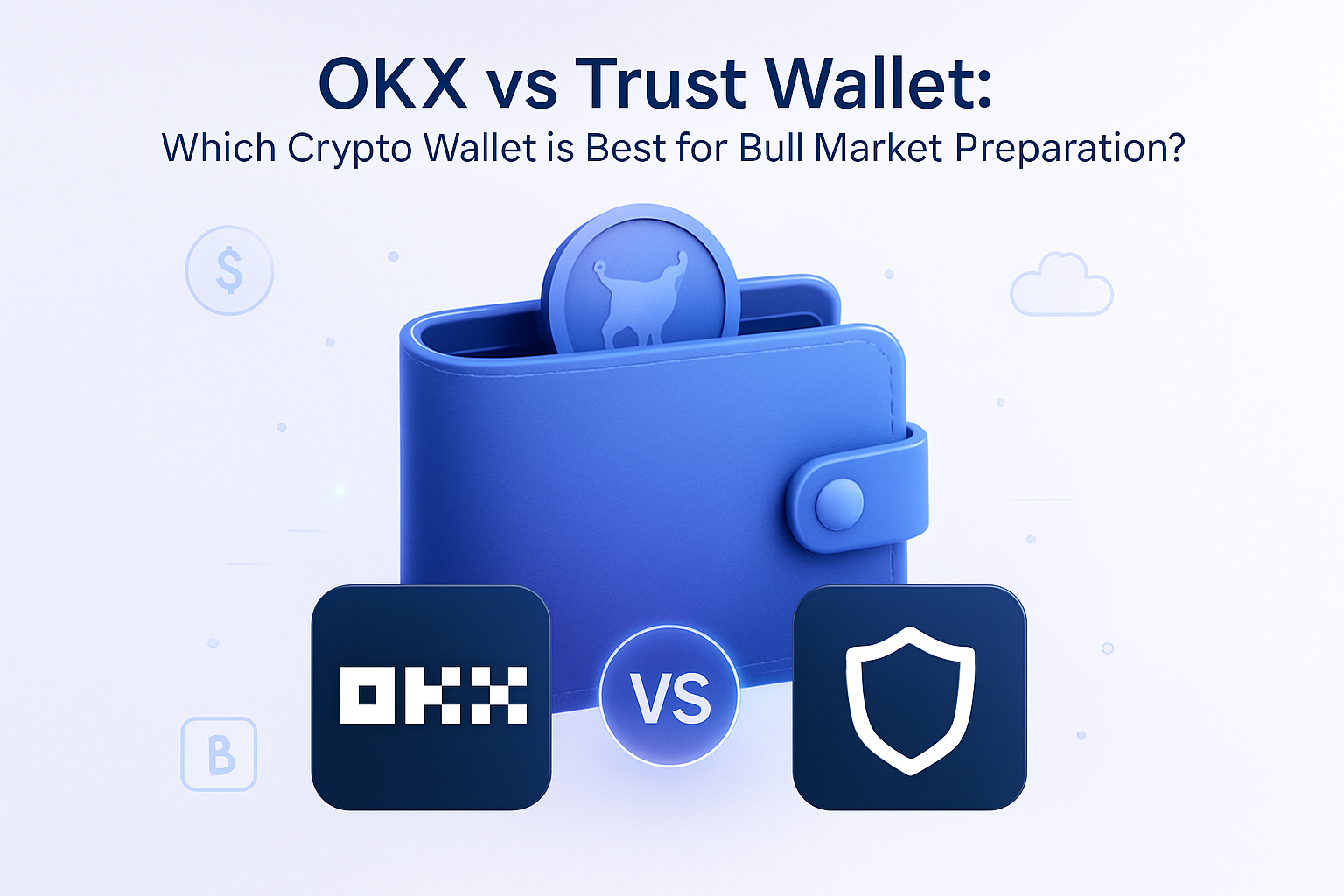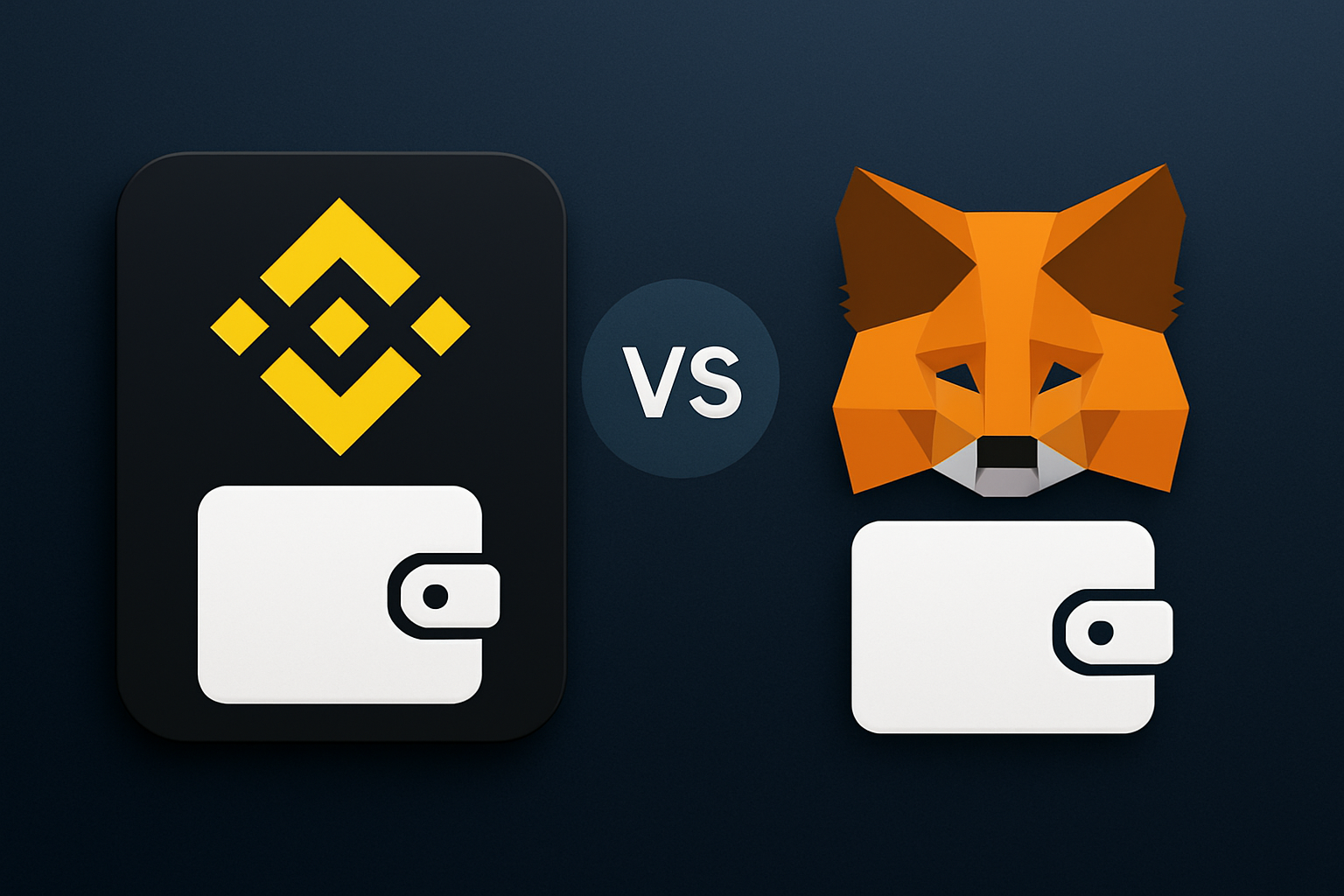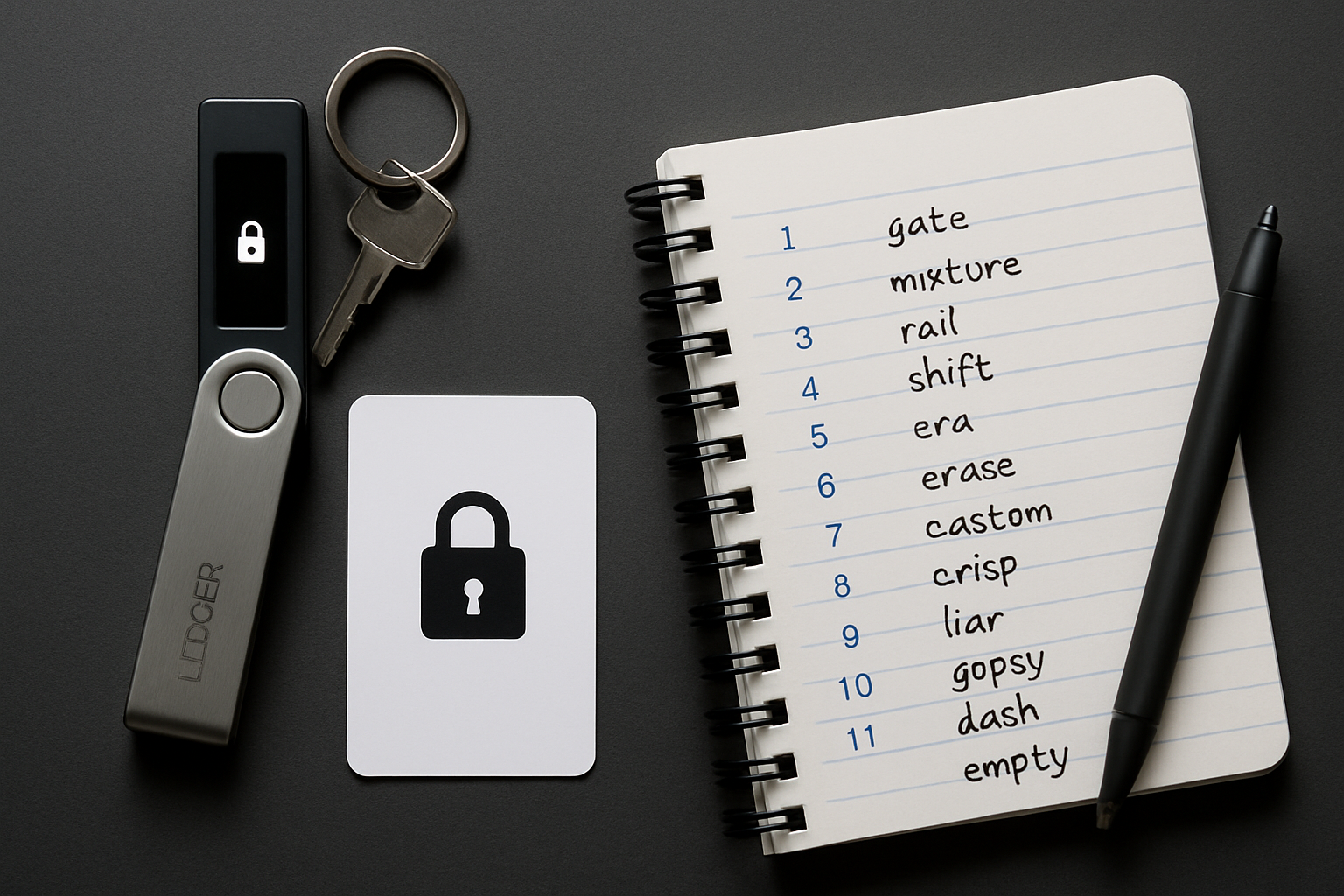Choosing between Ledger and MetaMask in 2025 is a decision shaped by your priorities: do you value hardware-level security or seamless digital convenience? Both wallets have evolved rapidly, and whether you’re an NFT collector, DeFi enthusiast, or a long-term HODLer, understanding their differences is essential for managing your crypto safely and efficiently.

Ledger vs MetaMask: Crypto Wallet Comparison 2025
The crypto wallet landscape in July 2025 is more competitive than ever. According to recent rankings from Coin Bureau and CoinLedger, Ledger remains a top pick for secure storage, supporting over 5,500 cryptocurrencies through its hardware devices. On the other hand, MetaMask shines for its user-friendly interface, powerful DeFi integrations, and robust NFT management tools.
Security: Ledger’s primary advantage is its offline private key storage. Your keys never leave the device, making it nearly immune to malware or phishing attacks that can compromise hot wallets like MetaMask. However, MetaMask has stepped up its game with enhanced phishing detection and scam warnings in-app.
User Experience: MetaMask offers instant access via browser extensions or mobile apps. Its new Smart Transactions feature (introduced in 2024) delivers a 99.995% swap success rate while shielding users from front-running bots, a huge leap for everyday DeFi users.
Swapping Coins: How Each Wallet Handles In-App Trades
If you’re looking to swap tokens directly within your wallet, both platforms now offer streamlined solutions, but with key differences:
- MetaMask coin swaps: You can swap tokens across multiple blockchains without ever leaving the app. The standout upgrade for 2025 is gas-included swaps: pay network fees in the token you’re swapping instead of always needing ETH on hand. This removes a major pain point for new users.
See full details on the MetaMask roadmap here. - Ledger Live swaps: Ledger’s desktop and mobile app connects to third-party providers like Changelly and ParaSwap for swaps right from your hardware-secured account. While this adds a layer of protection (you must confirm each swap physically), it sometimes means higher fees or fewer supported tokens compared to MetaMask’s aggregator approach.
Read more about Ledger’s latest features.
Pros & Cons of Swapping Coins: Ledger vs MetaMask (2025)
-
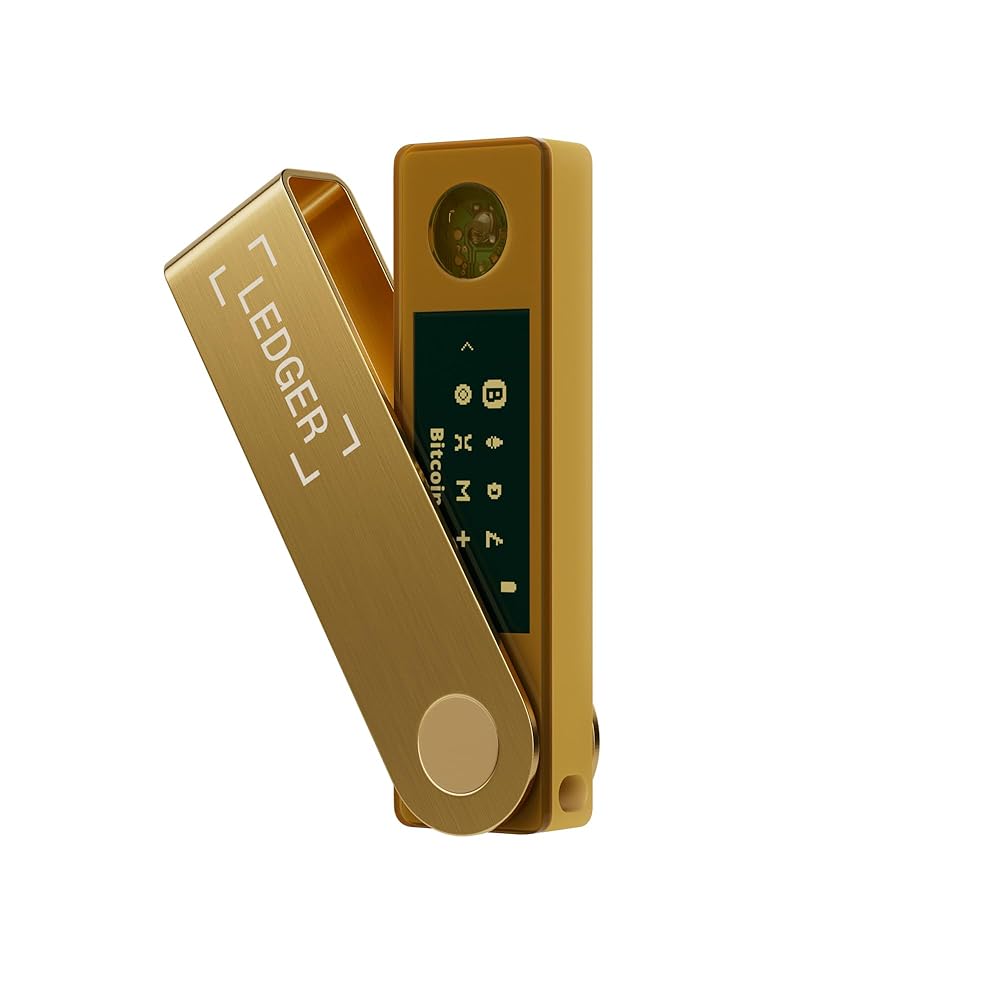
Ledger: Superior Security — Ledger stores your private keys offline in a hardware device, making swaps highly secure and resistant to online threats. Ideal for long-term holders and those prioritizing asset protection.
-
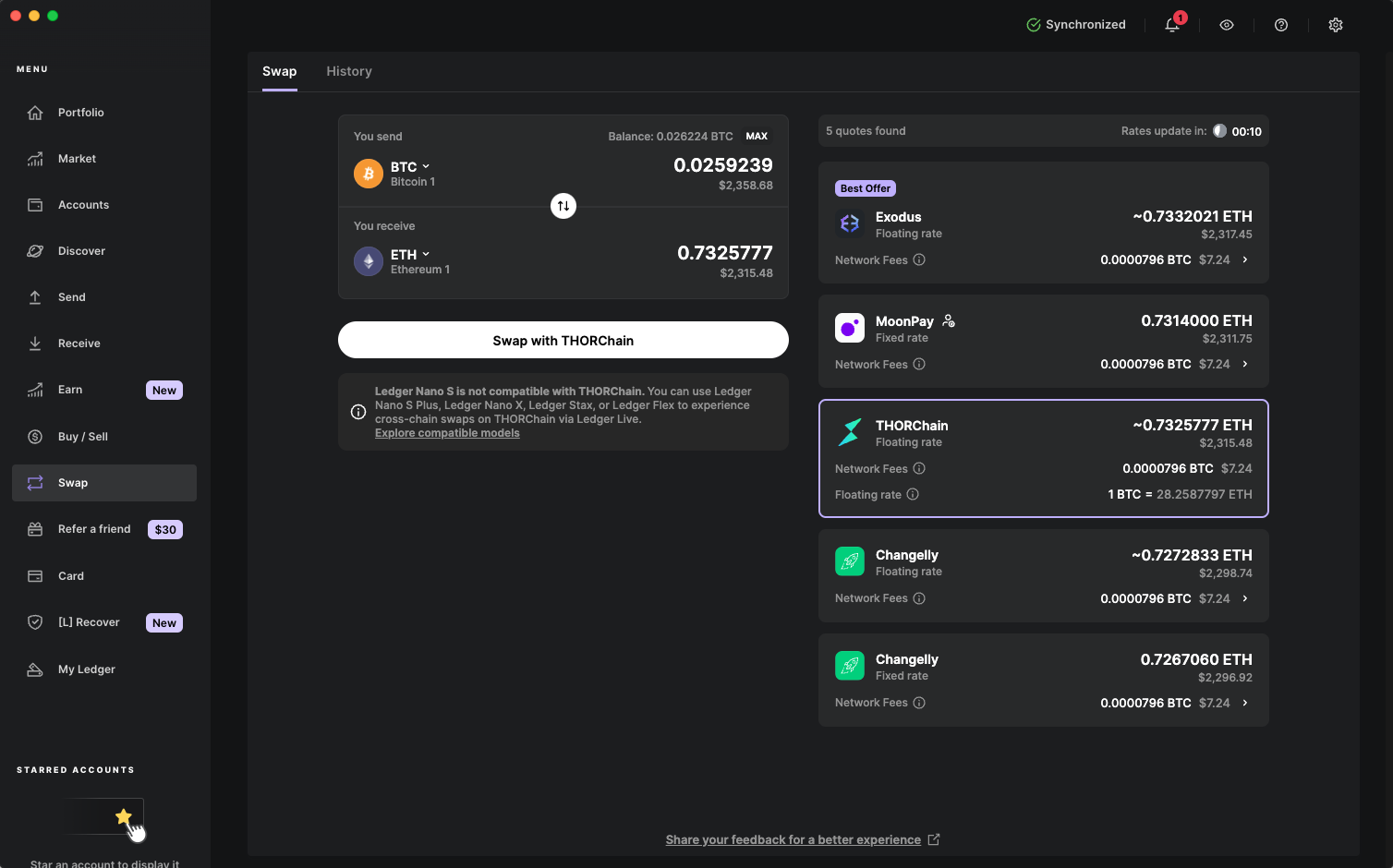
Ledger: Extra Steps Required — Swapping coins with Ledger requires connecting your device and using the Ledger Live app, which can be less convenient for frequent or on-the-go transactions.
-
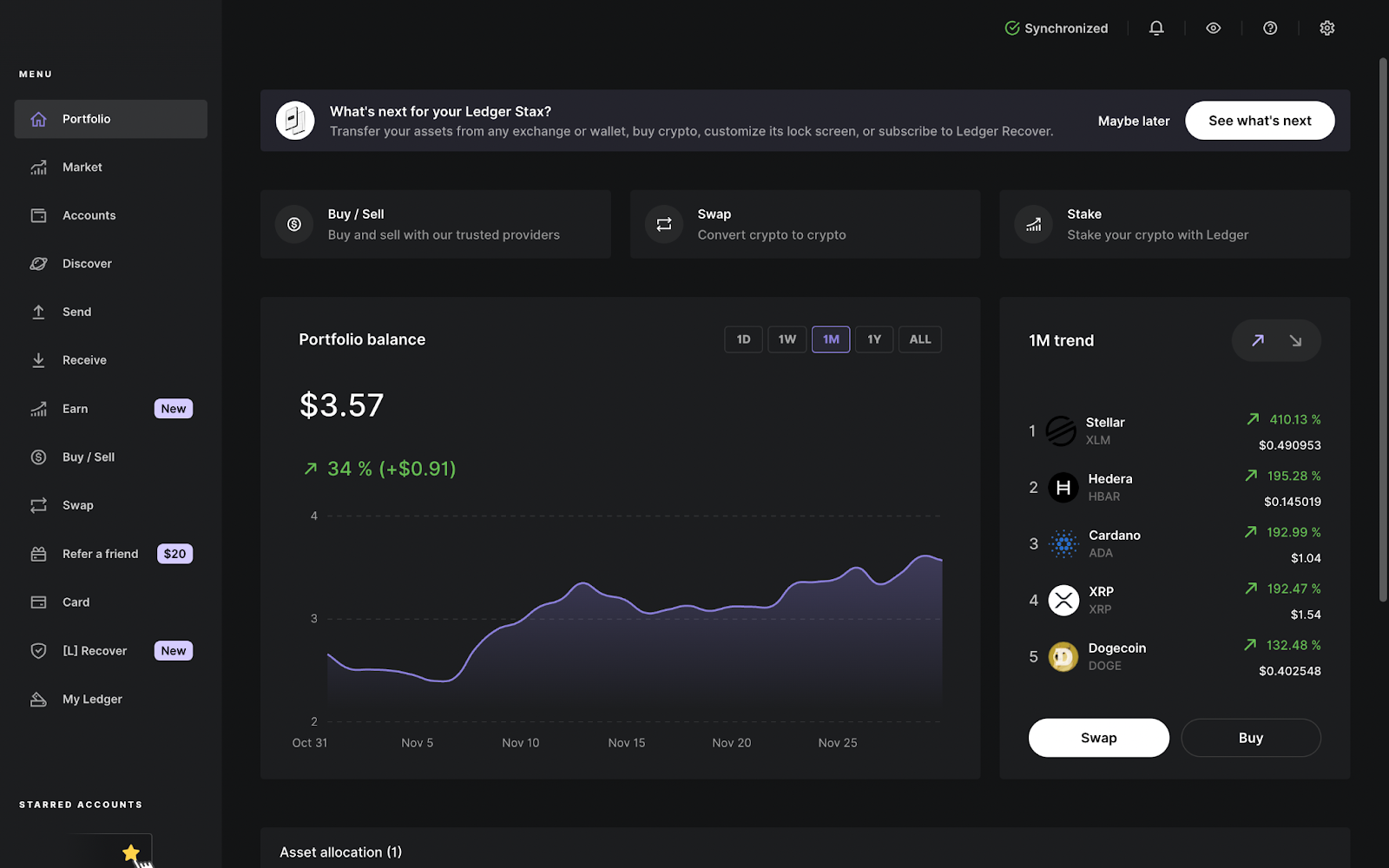
Ledger: Broad Asset Support — Supports over 5,500 cryptocurrencies and integrates with third-party swap providers like Changelly and ParaSwap, giving users access to a wide range of assets.
-
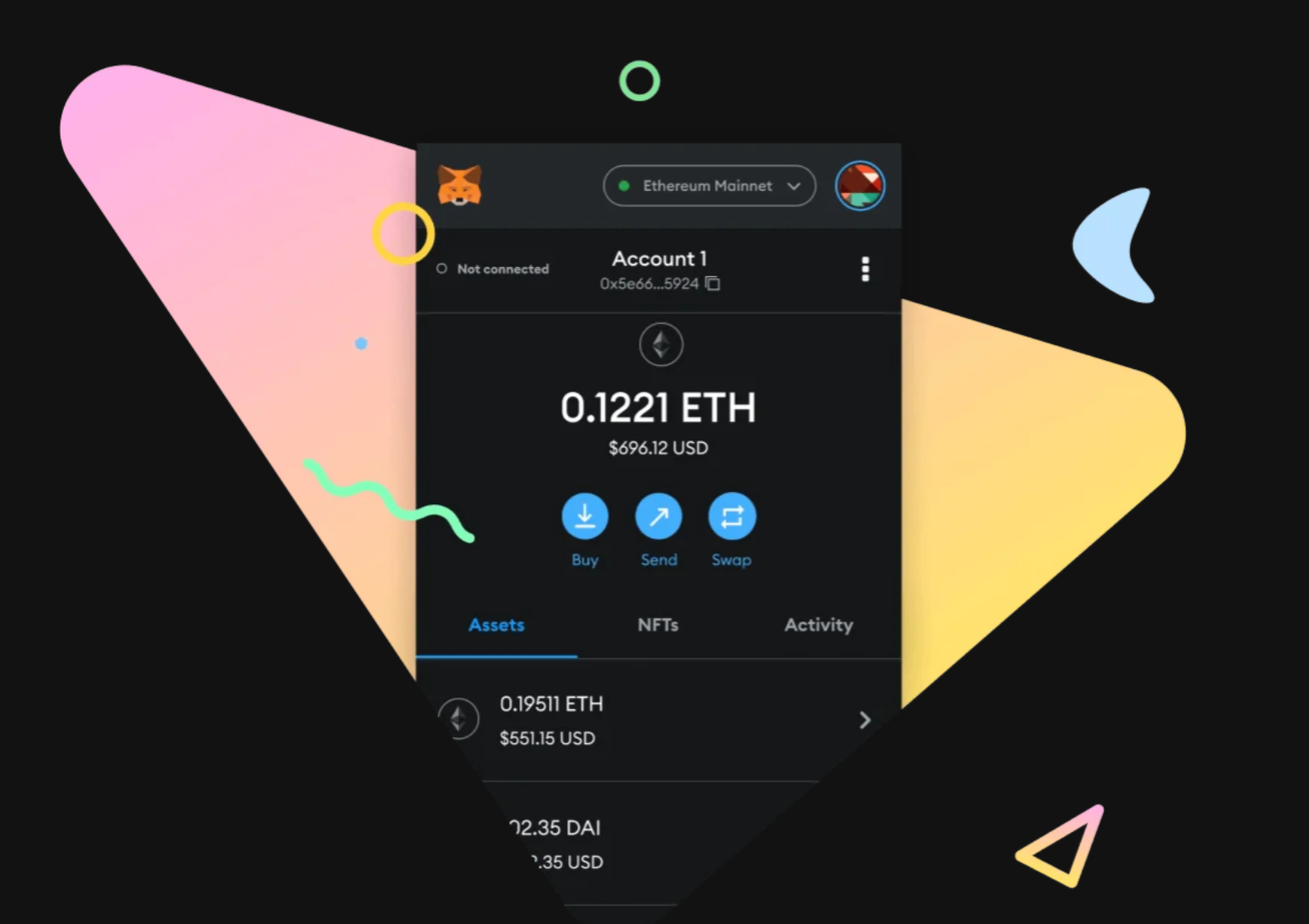
MetaMask: User-Friendly & Fast — MetaMask offers a seamless, browser-based interface for quick swaps, with Smart Transactions ensuring a 99.995% success rate and protection against front-running bots.
-
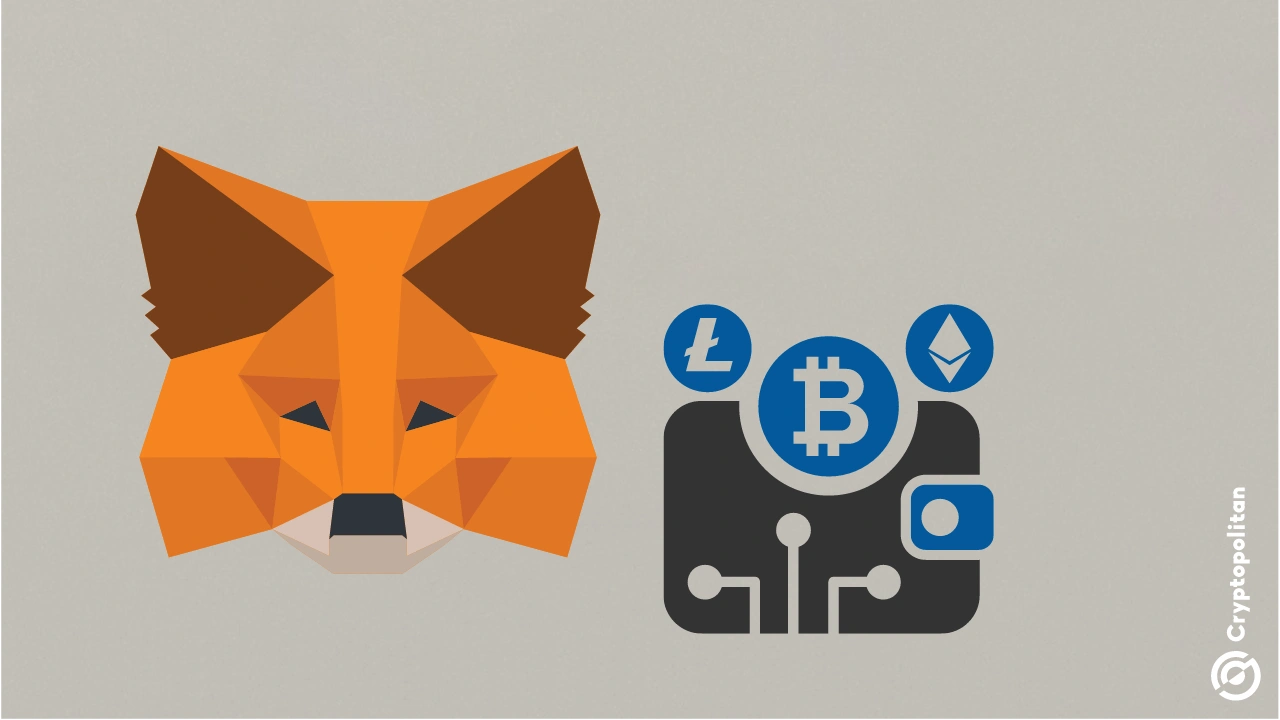
MetaMask: Flexible Gas Payments — With gas-included swaps, you can pay transaction fees in the token you’re swapping, removing the need to hold ETH just for gas.
-

MetaMask: Hot Wallet Risks — As a software (hot) wallet, MetaMask is more vulnerable to phishing and malware attacks compared to hardware wallets like Ledger. Extra caution is needed for security.
-
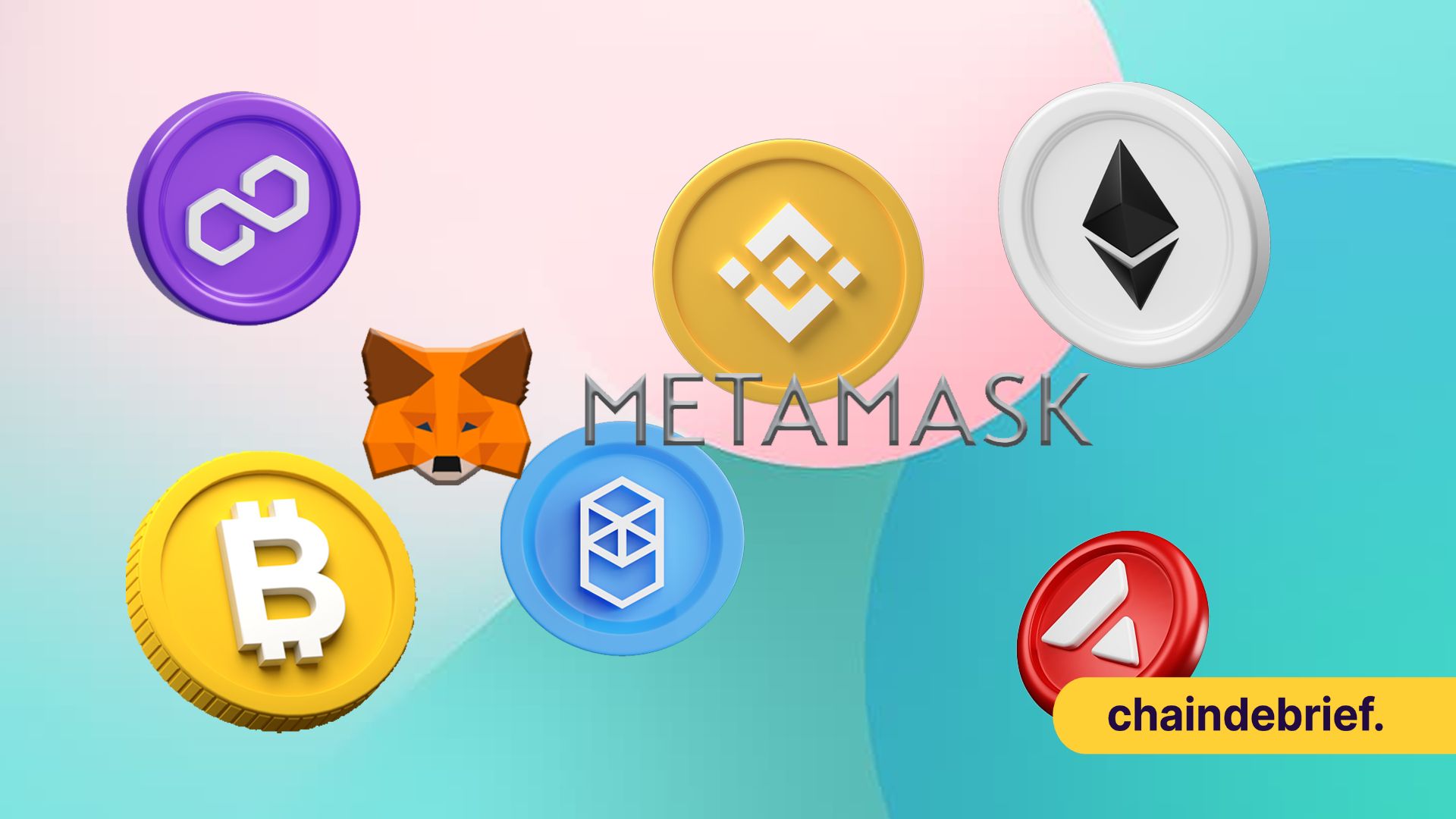
MetaMask: DeFi & NFT Integration — MetaMask excels in connecting to DeFi platforms and NFT marketplaces, with a Portfolio feature for managing NFTs across multiple blockchains.
-
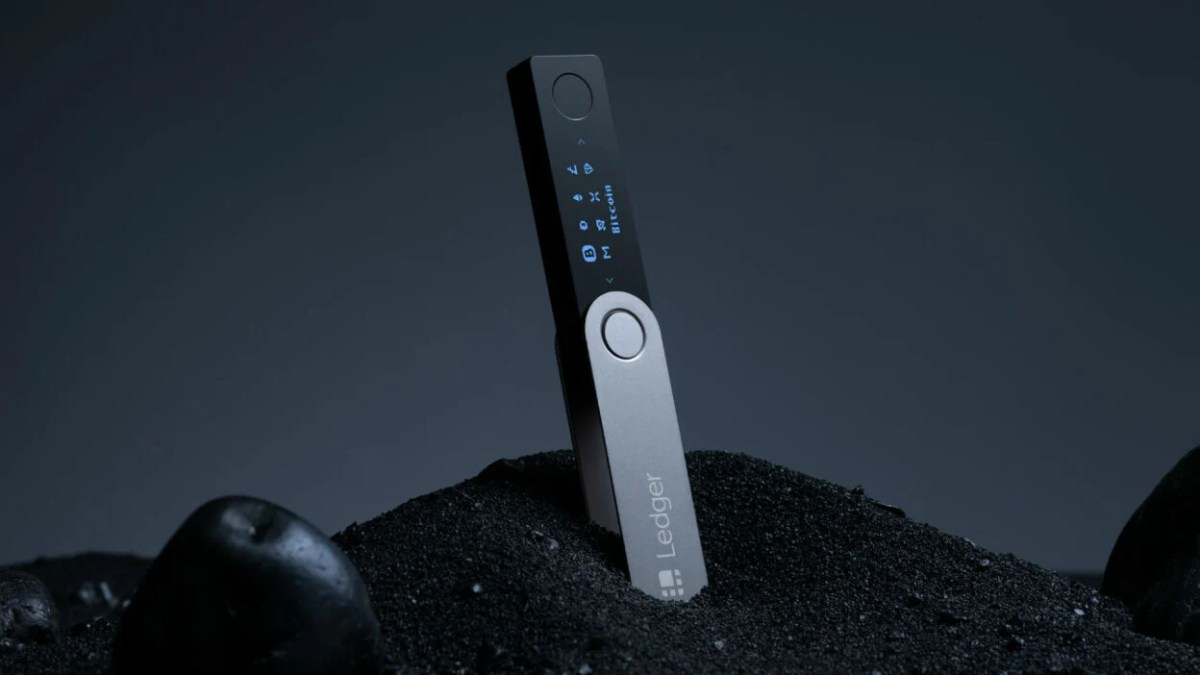
Ledger: NFT Security & Compatibility — Ledger enables secure storage and management of Ethereum and Polygon NFTs, and can be connected to MetaMask for broader marketplace access.
NFT Management in Ledger Live and MetaMask Portfolio
NFTs are no longer just about Ethereum apes, collectors now expect multi-chain support, real-time floor prices, and secure storage. Here’s how both wallets stack up:
- MetaMask Portfolio: Offers unified NFT management across Ethereum and EVM chains with rich metadata, see contract addresses, cost basis, floor prices all in one dashboard.
- Ledger Live NFT management: Securely store Ethereum and Polygon NFTs directly on your device; connect Ledger with MetaMask to unlock even broader marketplace access while keeping keys offline.
Explore top NFT wallet options here.
This dual approach, using both wallets together, is increasingly popular among serious collectors who want both security (Ledger) and flexibility (MetaMask).
The Bottom Line So Far?
If you’re prioritizing absolute security for long-term holding or high-value NFTs, a hardware wallet like Ledger leads the pack. For active trading, staking, or exploring new dApps every week, MetaMask offers unmatched flexibility, even more so with its latest smart transaction tech.
But the best choice isn’t always either-or. Many advanced users now combine Ledger and MetaMask for a hybrid workflow: store your keys on a Ledger device, but connect it to MetaMask to interact with DeFi protocols or NFT marketplaces. This lets you enjoy the convenience of MetaMask’s browser and mobile integrations while keeping your private keys safe from online threats. It’s a practical approach that balances usability and security, especially as phishing scams remain ever-present in 2025.
Which wallet do you trust most for NFT management in 2025?
Both Ledger and MetaMask have introduced powerful new features for NFT collectors in 2025. Ledger offers hardware-level security for your NFT assets, while MetaMask provides a seamless, multi-chain experience with its Portfolio feature. Which do you trust more for managing your NFTs this year?
Feature-by-Feature: What Sets Ledger and MetaMask Apart?
The devil is in the details when comparing Ledger vs MetaMask. Here’s what stands out right now:
Unique Features: Ledger Live NFT Management vs MetaMask Coin Swaps
-
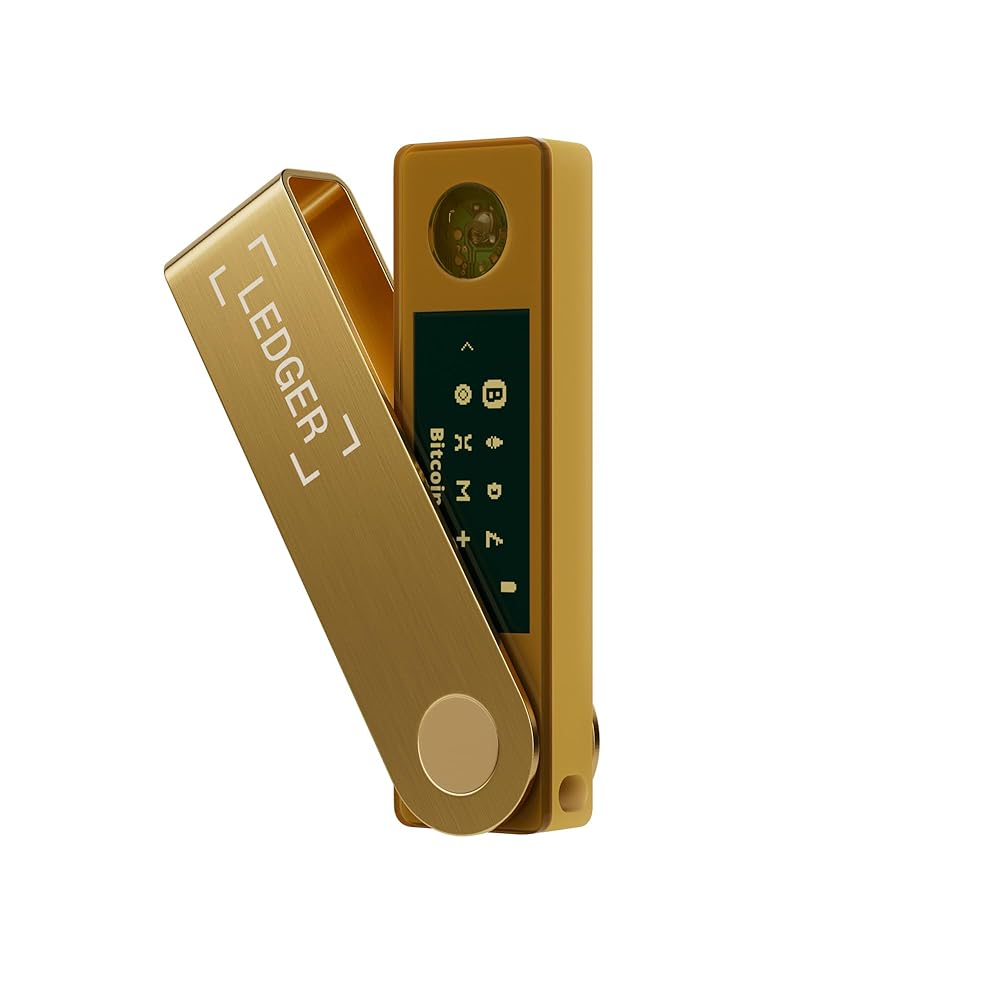
Ledger Live: Hardware-Grade Security for NFTs — Ledger Live leverages offline private key storage on hardware devices, providing unmatched protection for NFT assets against online threats. This security is especially crucial for collectors managing high-value NFTs.
-
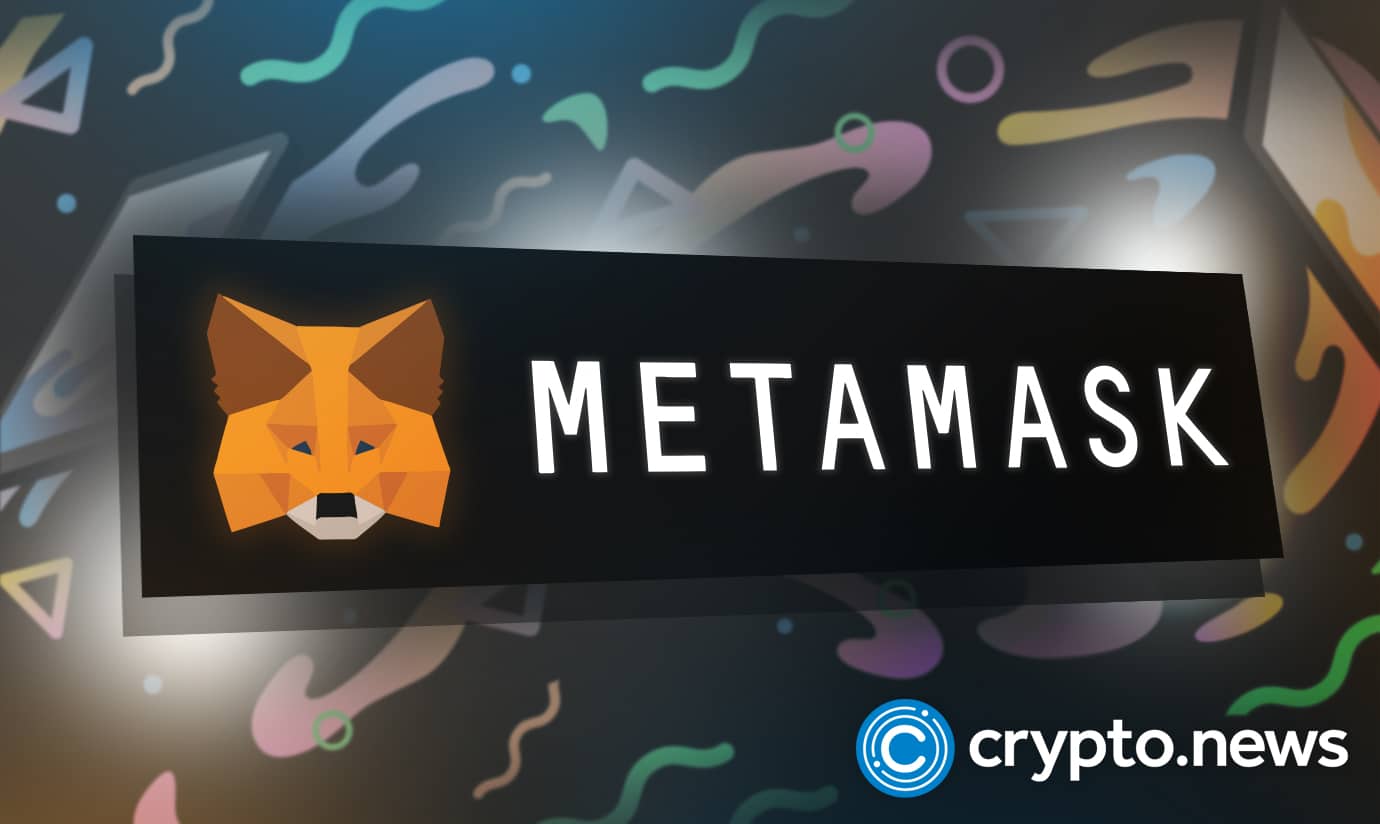
MetaMask: Smart Transactions for Reliable Swaps — MetaMask’s Smart Transactions feature ensures a 99.995% swap success rate and shields users from front-running bots and MEV sandwich attacks, making coin swaps safer and more predictable.
-
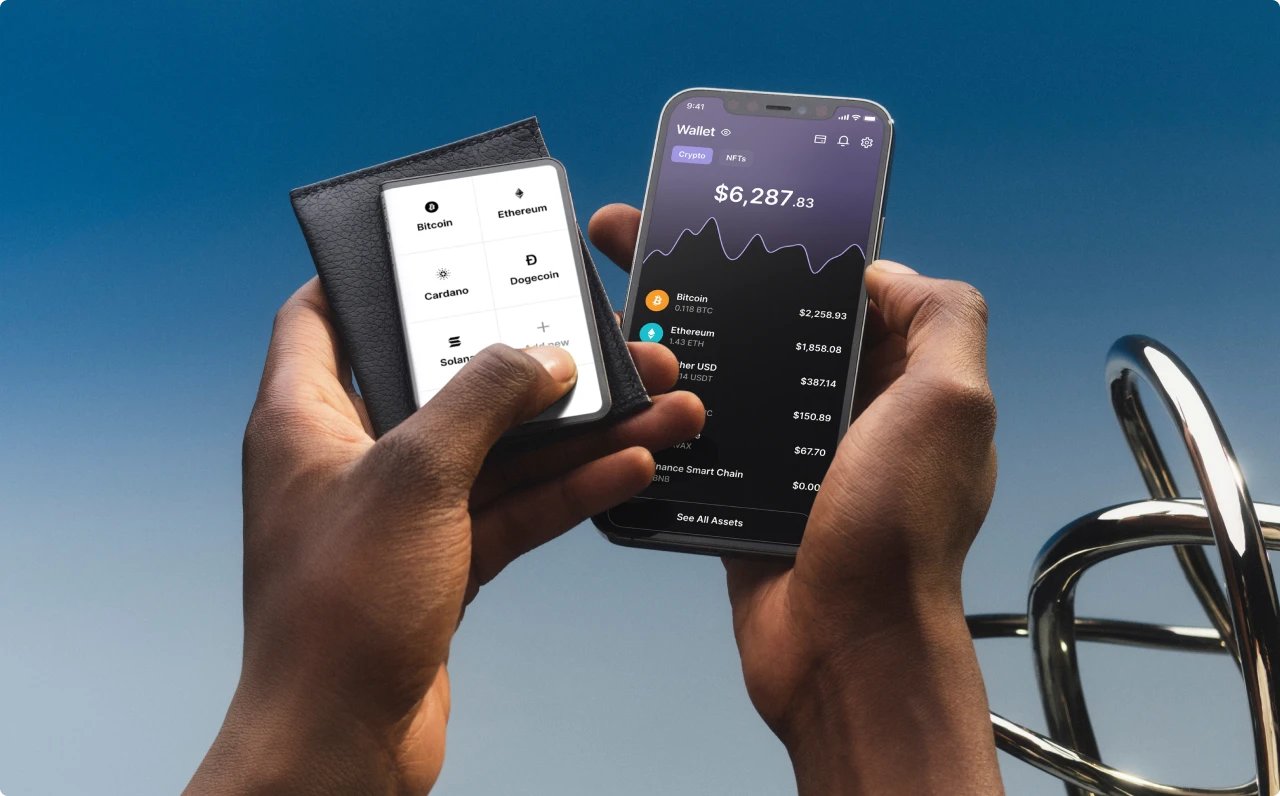
Ledger Live: Direct NFT Management on Ethereum & Polygon — Users can securely store and manage Ethereum and Polygon NFTs directly within Ledger Live, combining convenience with robust hardware security.
-
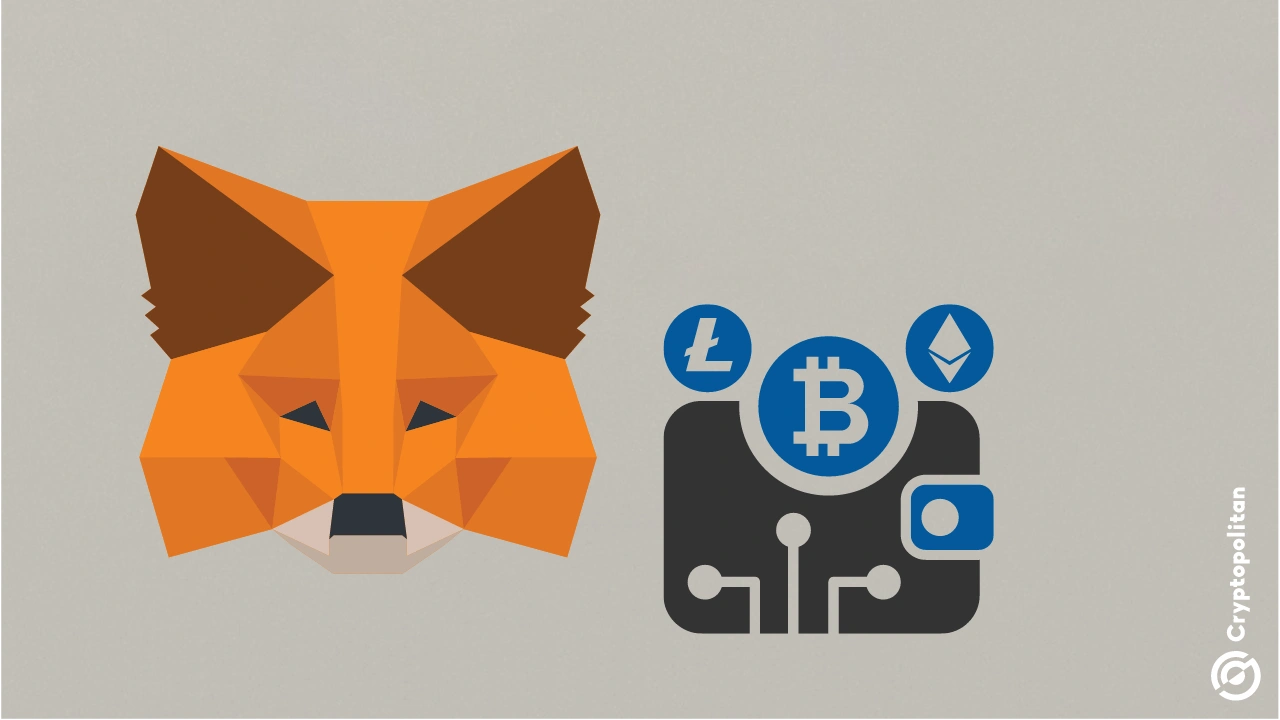
MetaMask: Gas-Included Swaps — MetaMask allows users to pay gas fees in the token being swapped, eliminating the need to hold ETH for gas and simplifying the swapping process across supported blockchains.
-
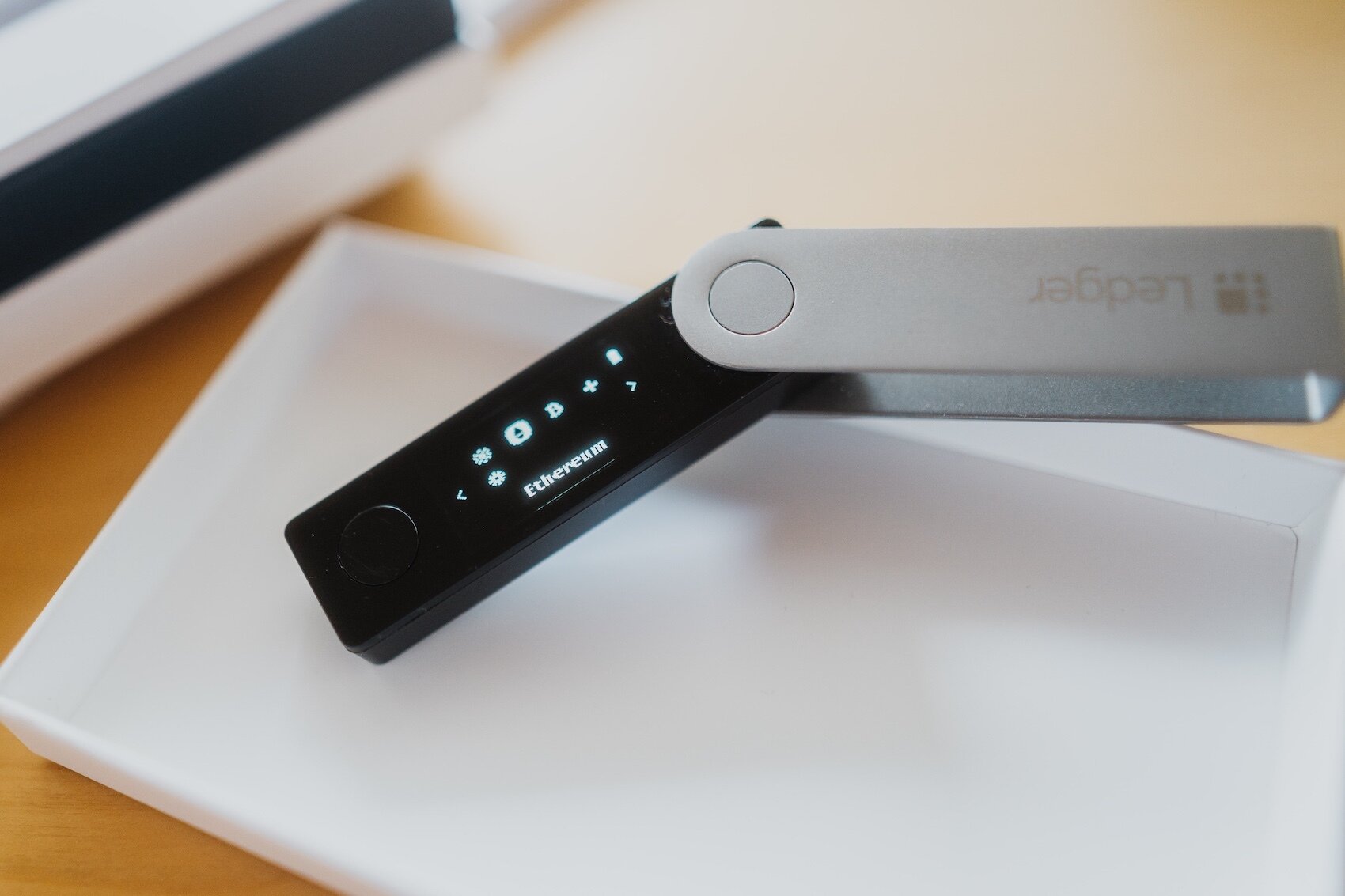
Ledger Live: Integration with Third-Party Swap Providers — Ledger Live supports in-app swaps via trusted partners like Changelly and ParaSwap, letting users exchange over 5,500 cryptocurrencies while keeping private keys offline.
-
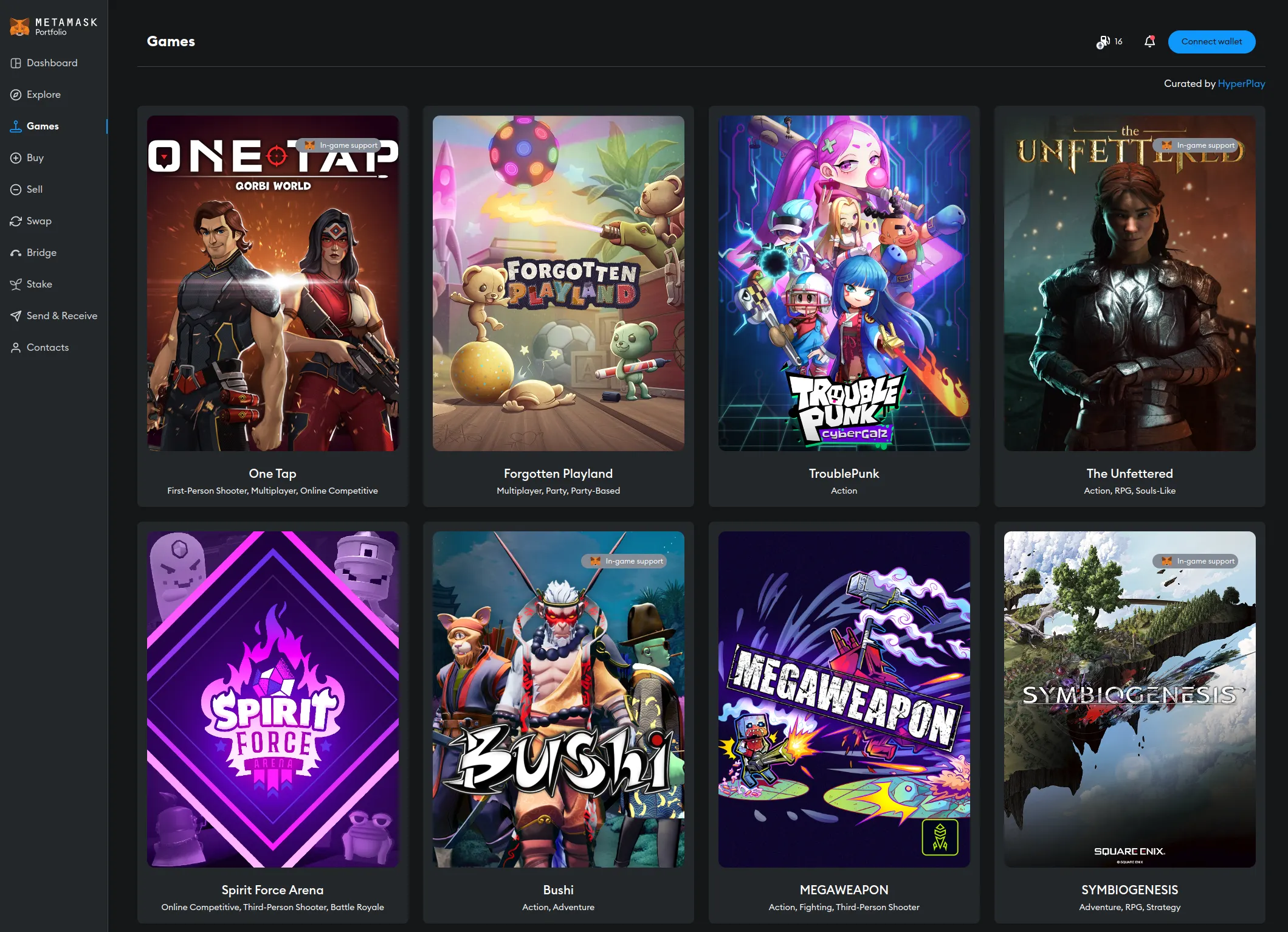
MetaMask: Unified NFT Portfolio View — The MetaMask Portfolio feature offers a single dashboard for NFTs across multiple blockchains, displaying metadata, contract addresses, cost basis, and floor prices for streamlined NFT management.
-

Ledger Live: Connects with MetaMask for Expanded NFT Access — By linking Ledger hardware wallets to MetaMask, users gain secure access to a wider range of NFT marketplaces and dApps without compromising private key safety.
| Ledger | MetaMask | |
|---|---|---|
| Private Key Storage 🔒 | Offline, hardware-secured | Hot wallet (browser/mobile) |
| NFT Support 🎨 | Ethereum, Polygon via Ledger Live; more via MetaMask connection | Multi-chain (Ethereum, EVM chains); rich metadata view |
| Swapping Coins 🔄 | Via third-party providers in Ledger Live; manual confirmation required | In-app aggregator; gas-included swaps; Smart Transactions tech |
| User Experience 🖱️ | Slightly more steps due to hardware confirmations | Sleek UI, instant access on web/mobile, DeFi-first design |
| Main Strength 💪 | Unmatched physical security for long-term storage and high-value NFTs/assets | DApp integration, ease-of-use, active trading and collecting |
Tips for Safe Swapping and Collecting in 2025
No matter which wallet you choose, the basics of crypto safety never change. Here are essential tips for this year’s market:
If you’re just starting out or looking to level up your security game, remember that connecting your hardware wallet (Ledger) to MetaMask can give you the best of both worlds. It’s a small extra step that pays off by dramatically reducing your risk exposure.
If your main concern is security, Ledger takes the win hands down. MetaMask’s strength is in convenience and accessibility. Using MetaMask and Ledger together is becoming the gold standard among serious collectors.
– Ultimate Systems Blog (usro.net)
Where Should You Go From Here?
The crypto wallet comparison of 2025 is all about trade-offs: physical security versus digital agility, all-in-one apps versus modular workflows. For most users, combining both wallets offers an optimal mix of protection and freedom.
If you’re an NFT collector who values peace of mind above all else or hold significant crypto assets long-term, make sure your private keys never touch an internet-connected device. If you’re deep into DeFi or want to experiment with new blockchains as they launch, take advantage of MetaMask’s rapid updates and seamless swaps, just stay vigilant about phishing attempts.
The bottom line? Your personal workflow matters more than any single feature score. Evaluate what matters most to you, security, convenience, multi-chain support, and choose accordingly. In today’s landscape, smart crypto users don’t settle for one-size-fits-all solutions.


